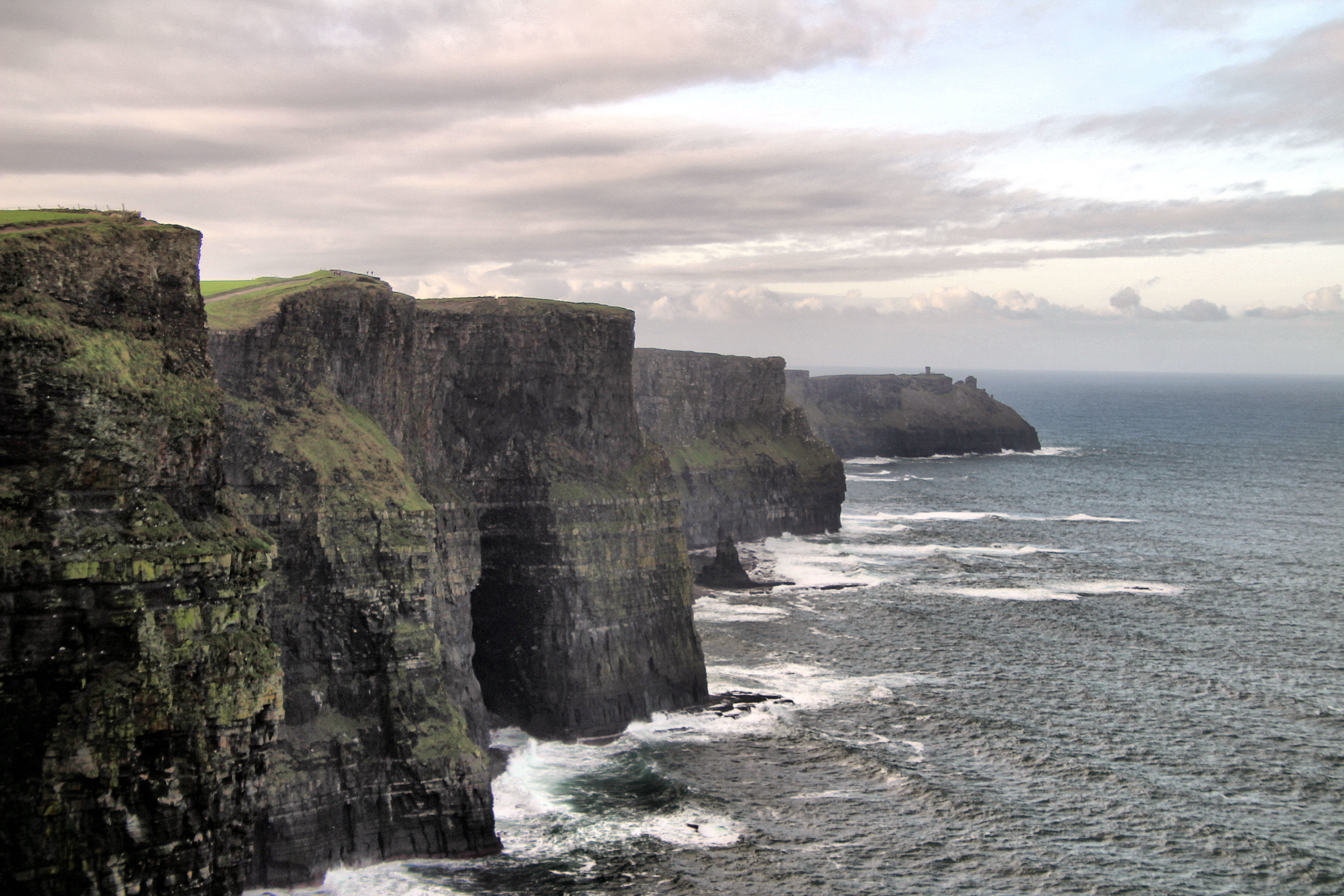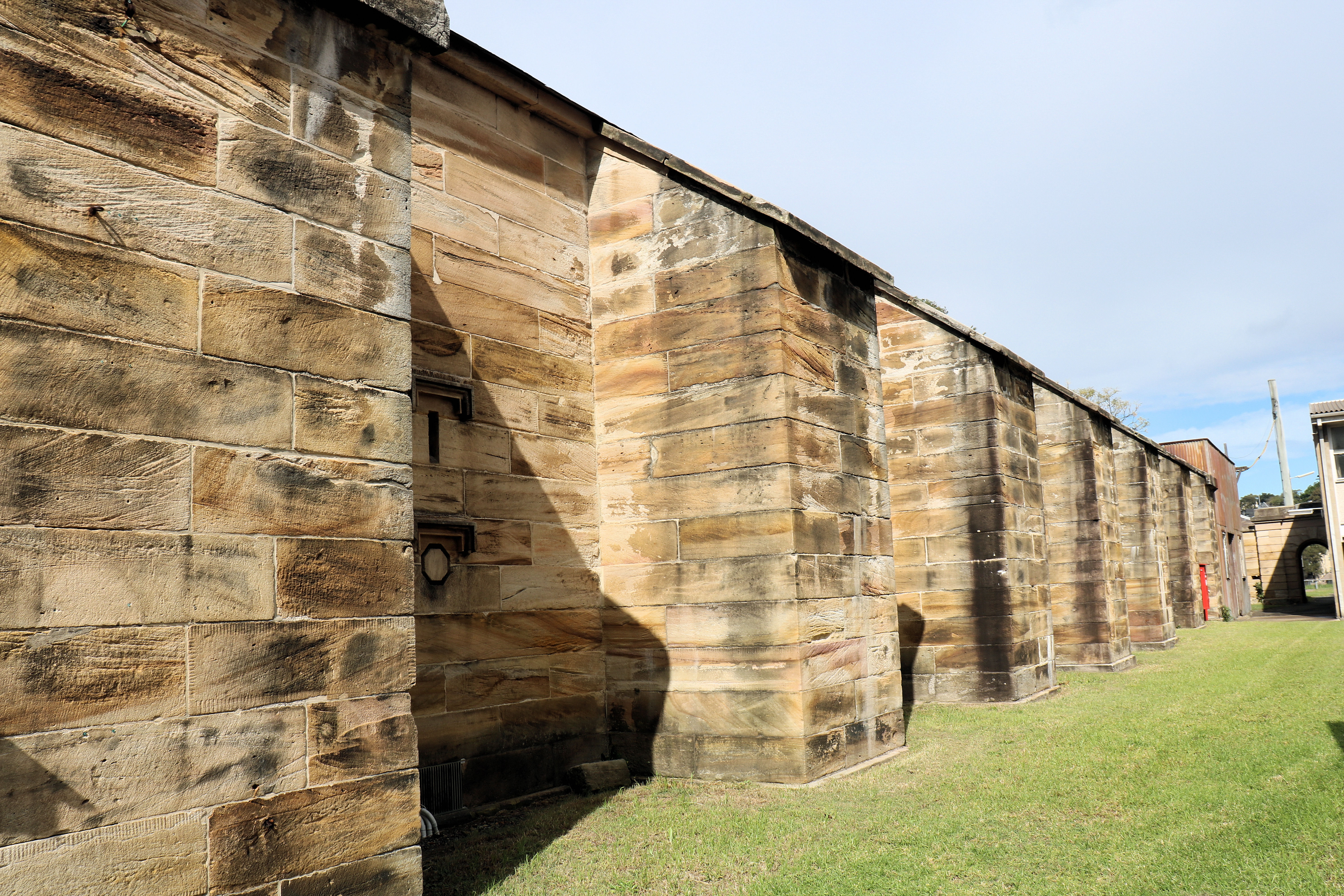Category: Ruin
Ruin
-
Driving Tour of Ireland The Emerald Isle

How did We Get There? Our eight-day driving tour of Ireland was the first stage of a 35 day trip to Europe and was a amazing place to start. We flew into Ireland from Sydney with British Airways, via Singapore and London making it a long tiring trip, The arrival time was 7:30 am so… Read more
-
Goat Island Sydney Harbour

Getting to Goat Island Goat Island in Sydney Harbour is administered by National Parks and Wildlife and tours are organised and conducted by Rangers. We met our guide at Circular Quay wharf 6 where we boarded the ferry for a quick trip to the island. Access to the island is prohibited unless you are on… Read more
-
The Rocks Sydney

The Rocks The Rocks is one of the oldest areas of Sydney, and as such it has many historically important buildings to visit. We started our walk near the Fortune of War hotel and the old restored police building next door. Walking through the archway nearby we went to Nurses Walk and looked at the… Read more